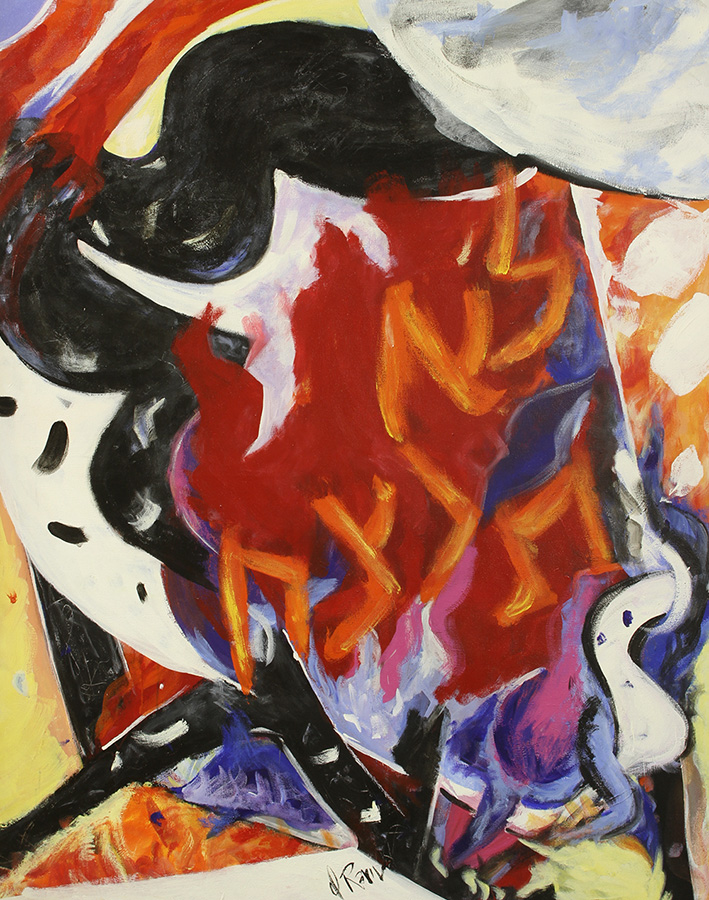Holocaust

Visual art in its response to human condition could never ignore the evil aspects of life, just as no individual nor nation could, without distorting or idealizing reality. From the walls of the best museums in the world countless expressions of brutality and suffering are watching us.
Common to all these scenes is their message, namely the representation of a particular aspect of evil, such as a particular massacre that took place some time in some place. Rare indeed are the successful attempts to convey the idea of evil as such. For evil as such means absolute evil, and the description of absolute evil, if possible at all, suffers when it requires the presence of intermediaries – persecutors and victims alike. I dare to suggest that the commandment “…Thou shall not make unto thee any graven image or any likeness of any thing …” (Exodus 20:4) , was meant precisely to protect one against falling into the trap of substituting the concrete for absolute.
Following the killing of Abel, God turns to Cain and says: “The voice of your brother’s blood crueth unto me from the ground…” (Genesis 4:10). Why did God mention a crying voice instead of stating in plain words Cain ‘s guilt? “…Though your sins are like scarlet, they shall be as white as snow…” (Isa 1:18); whenever a metaphor of an absolute is given, the Bible prefers the senses over
the mind, the sound and color over the reasoned argument.
The Holocaust was absolute evil. Indeed, it had occurred in a certain continent during a certain moment in history, yet it transcended both location and time. Facing the numberless acts of horrors perpetrated by the Nazis and their collaborators against the Jewish people, one should nevertheless remember that underlying these crimes there was a prior crime, carefully prepared and executed against the human spirit. It consisted of the gradual and systematic destruction of all values held inviolable by humankind; it was first and foremost the murder of God’s “Thou shall not” commandments. This being achieved, the road to every crime opens wide; moreover, walking along this road becomes inevitable.
It was, therefore , my intention to expose this preliminary ,sinister aspect of the Holocaust, rather than to focus my gaze at its results. In my painting, God ‘s commandments are shown burning and their struggle for survival is expressed merely by the mingling of colors: the Nazi black, red and white, and the Jewish white and blue.
Ilana Raviv
September 1984
This painting is in the permanent collection of the Holocaust Memorial Museum in Washington D.C.
